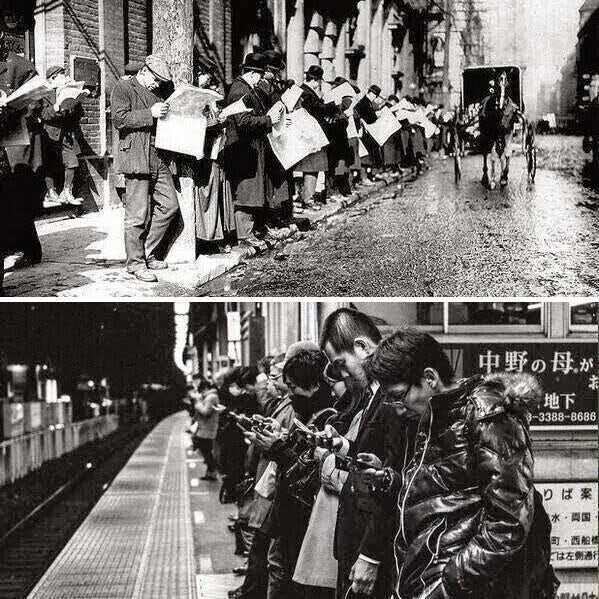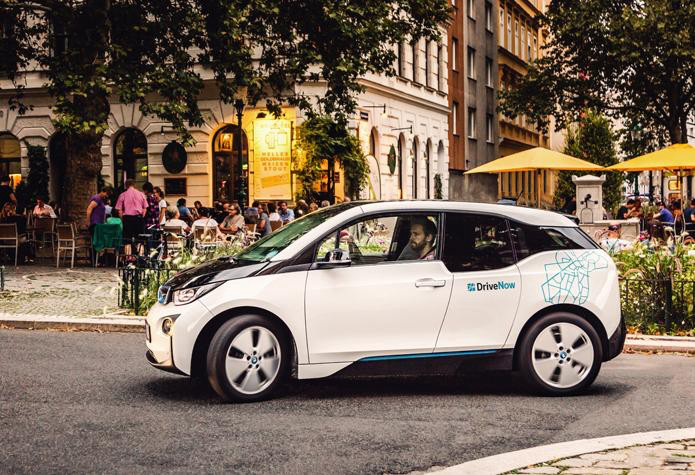Kaave Pour is co-founder & Managing Director at SPACE10, an innovative research and design lab based in Copenhagen. There, they design solutions to some of the major societal changes that are expected to affect people and the planet in the future.
Designing products and technologies that help people live in a more sustainable way is crucial at this moment in time. And we, at Design Matters, value this deeply. This is why we met with Kaave; to take a look into the future, and see which technologies and designs will help people live more sustainably.
Historically, technological advancement has been responsible for the improvement of production processes and people’s living conditions, making them live longer. However, technological advancement hasn’t always been beneficial to the environment and, consequently, to people’s health. Think about the amount of smog and air pollutants associated with the burning of coal during the Industrial Revolution in Britain. Or the catastrophic consequences that accidents in nuclear power plants have caused in history. Or the fine dust every industrialized Country is now polluted with.
Today, most of the technologies we utilize heavily rely on screens, and consequently, they have made digital design not only a commodity but also a necessity. But are the technologies we are using now always good for the environment and our health?

We met with Kaave to help us investigate what products or technologies can help people live more sustainably, for their and the planet’s sake.
Lately, there has been a lot of discussion about ‘Tech Overload’. Do you also believe this is a tangible problem?
Technology in itself is nothing new, we’ve had it forever; someone would argue that the alphabet is also some sort of technology that we use to make something abstract tangible.
When it comes to technology overload, I’m not sure many people feel it, since technology is becoming invisible. It makes things work for us. Most people don’t think about how credit cards work, or how cars function. But because we are so good at optimizing technologies, adjusting them, personalizing them, and integrating them in different places, we almost don’t notice their presence anymore. So, Tech Overload is becoming the manifestation of the actual technology. It is becoming the element that makes us understand that there is some technology hidden or well integrated into what we use.
Do you think that tech relying so heavily on screens is a problem?
Many things used to work without a screen in the past. Now, everything has a screen. When we understood that technology and design could be used together, designers wouldn’t focus on creating meaningful interactions, but rather on experimenting. They wanted to discover what was possible and what was not. That’s why their designs were evident and extreme. Now that we have matured, design has become more natural and subtle, with less evident interfaces.
Regardless, we keep seeing new things coming in. Right now, computer vision and machine learning are trending. I believe we’re going through the same path where we ask ourselves “What can we do with it? How can we apply it to everything?”. And at some point, hopefully, we will mature again, and find the right balance.
I think that tech overload phases often happen when a new technology is being introduced, and design doesn’t really know how to apply that specific technology yet. It’s a cyclic pattern. And society will always find a different new technology causing a “headache”.

What is the most important thing designers need to think about when they design new products?
I think that designers should keep in mind the difference between designing a product and a solution. Sometimes we decide to make products, just for the sake of it. In reality, the product in itself is not the end, but instead, a means to the end. A product should be made to solve a problem.
When we design, we should also ask ourselves who we are designing for. Here at SPACE10, we try to challenge the idea that design has to be solely for profit, as it has been for the past 10 or 20 years. We’re now seeing how people are often suffering from some design solutions of the past. Our design approach aims to be good for people. Design solutions should be inclusive for people, but they should also be designed for our planet.
Do you find it hard to design both for people and the planet?
It’s extremely hard, because sometimes what brings benefits to people is very bad for the planet, and vice versa. You can’t just design something that is good for the planet, but that doesn’t take people into account. Because in that case, it won’t scale and get adopted by many.
Can you name any product or design that helps people and the environment at the same time?
I think that when we design services that make products circulate — be it physical products or types of energy — we benefit the planet and people’s wallets. These products are indeed becoming more efficient and more affordable to use. For example, instead of buying a car, people can lease one or submit to a ride-sharing service. This way, companies are incentivized to produce cars that last longer and are more sustainable. But from people’s point of view, this way of designing mobility allows more accessibility and a lot more affordability.

I think in the future we will see more and more examples of services that have both affordability and circularity of products.
Do you have any favorite product?
I like the new Apple Watch. This because, in my case, I have a grandma who lives alone and needs to check her health quite often. If she falls, nobody would know. I think Apple Watch is a good example of how new technologies don’t always need to be about entertainment and communication. It’s interesting to see how the Apple Watch has transitioned from being mainly about music and micro apps to being about pure health.
There is also another company I love. It’s called Technology Will Save Us, it’s based in the UK and produces DIY gadget kits. They try to empower kids to learn about technology without using screens. For many years now, there has been an endless scroll of passive consumption. And personally, I’m not a fan of this, if this is being applied to kids. I think children should play, be active and experiment, whereas now, children are just given an iPad. Learning about technology doesn’t need to be though an iPad. It can be more experimental! I think their products are a great example of something that is both beautifully designed and not so expensive.

How do you think technology will change the role of the designer in the future?
I think technology will complement designers. I don’t think it will replace them anytime soon. I think the biggest change will be about how designers’ work and live on the internet.
In the beginning, the Internet was primarily used for communication, sharing information, and messaging. Now it is tapping into other industries. For example, we are now seeing the rise of something called Internet of transportation. The transport sector is being revolutionized by the Internet, and so are the lives of people who travel. In the past few years, there has been a rapid increase of apps that compete with taxi services, allow people to travel on alternative means of transportation — such as electric scooters— , and help people plan trips or avoid traffic. With the Internet of Transportation, people can travel faster and cheaper. But also, bundles of companies and factories that used to be very disconnected are becoming more connected.
I think that, as a designer, we’ll probably have to abandon the idea that technology is just Social Media. technology isn’t in itself bad. Maybe a lot of apps have been quite bad in the last 10 years, but technology is broader than just the communication element of it.
Will designers need a specific set of skills in a specific field then?
I think there will be two types of Designers; the ones who will work more as generalists within design and technology, and the ones diving vertically in one area of technology — be it computational design, spatial computing, or low-fi connectivity for emerging markets — . What is important is finding an area where design comes in. I think Designers will have to ask themselves “Do I want to be a craftsman? Or do I want to be a strategist?”.
What responsibilities do Designers hold to make a change within society and the world?
I think designers can’t make a change alone. One person can’t be a revolutionary alone. But designers can definitely contribute to creating change. If we make sure we ask ourselves the right questions in the design process, like “is this ethical? Is this responsible? Is this making the planet better off or worse?”, we are doing the right thing.
Because the role of designers is to simplify and align the company’s vision or direction, I believe designers are better equipped than most people to make a difference in the world.










